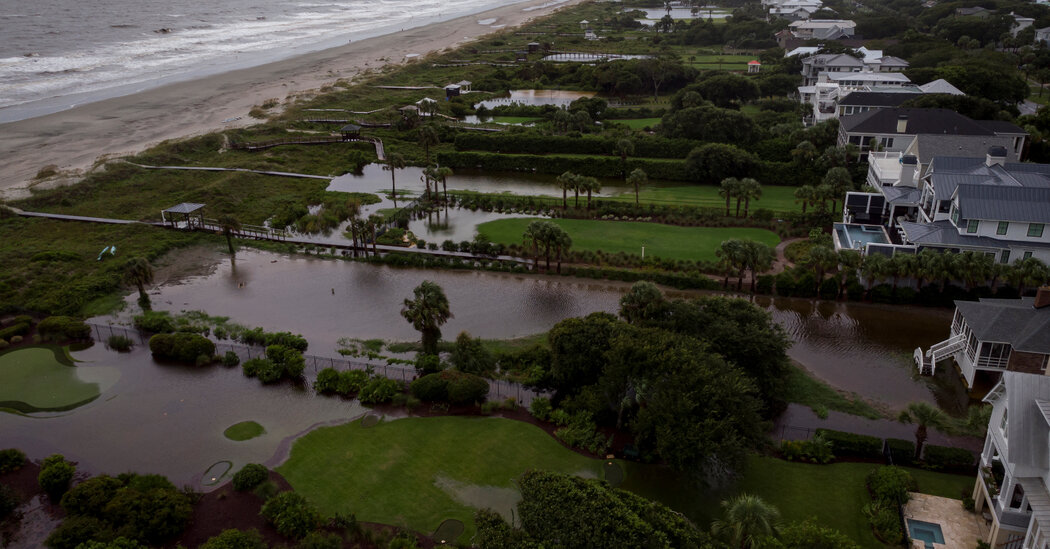This year’s hurricane season could rank among the busiest on record, according to an update from the National Oceanic and Atmospheric Administration on Thursday.
The biggest factors are abnormally high sea surface temperatures and the expected emergence of La Niña in the equatorial Pacific, which could increase hurricane activity in the Atlantic, according to Matthew Rosencrans, the lead hurricane season forecaster with NOAA’s Climate Prediction Center.
NOAA’s new forecast predicts that as many as 24 named tropical storms, with wind speeds of 39 miles per hour or greater, could form between June 1 and Nov. 30. That’s just one storm less than the agency predicted in May.
At least eight of these storms could become hurricanes, and up to seven could become major hurricanes. That is an increase from a typical season in the Atlantic, which yields 14 named storms and three major hurricanes on average.
“The hurricane season got off to an early and violent start with Hurricane Beryl, the earliest Category 5 Atlantic hurricane on record,” said Rick Spinrad, the administrator of NOAA.
Hurricane season hasn’t reached its peak yet, but it’s just around the corner, Dr. Spinrad added, and the most significant effects from hurricanes and tropical storms in the United States could be yet to come.
The National Weather Service urged people to know their risks, prepare for hurricane-related threats like damaging winds, storm surges and inland flooding from heavy rainfall, and have an evacuation plan ready for themselves and their families.
